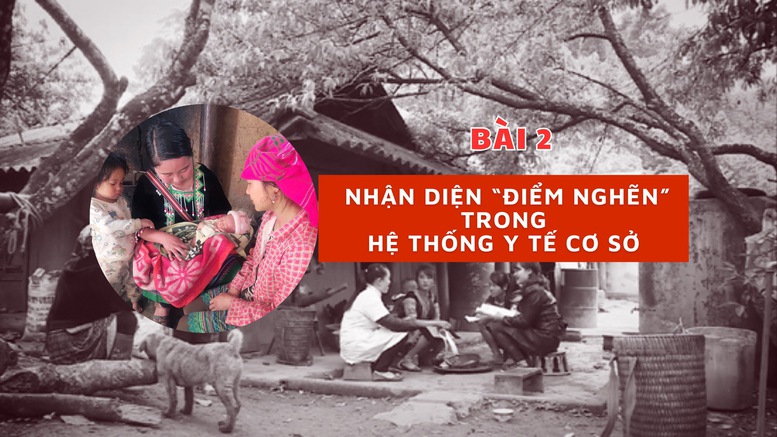
In some areas, although the number of health workers at medical stations is sufficient, they do not have enough titles to perform their functions and tasks according to regulations - Photo: VGP/Son Hao
Human resources do not meet requirements
In the health system, commune-level health stations (CHSs) are the first units to perform the function of primary health care for the people, ensuring that all people have access to basic health services, thereby making an important contribution to improving community health and preventing epidemics. In ethnic minority and mountainous areas, according to a report by the Ethnic Committee (now the Ministry of Ethnic Minorities and Religions), by the end of 2024, 100% of communes in the region will have CHSs or inter-commune regional polyclinics, and 100% of CHSs will have doctors.
Although the health stations have "covered" the ethnic minority and mountainous areas, the basic conditions to meet the primary health care needs of the people at the health stations are a matter of concern. The current situation of the quality of medical examination and treatment at the health stations in this area has been clearly analyzed in the report of the Ministry of Health summarizing 10 years (2014-2024) of implementing Decree No. 117/2014/ND-CP dated December 8, 2014 regulating the health care of communes, wards and towns.
The first is the shortage of human resources at health stations in mountainous, remote, isolated and extremely disadvantaged areas. The summary report of 10 years of implementing Decree 117 shows that health stations have a number of staff below the minimum prescribed level (Circular 03/2023/TT-BYT dated February 7, 2023 of the Ministry of Health stipulates a minimum of 5 people). By 2024, the country will have 869 commune health stations with only 2-4 people/health station.
These CHSs are mainly concentrated in communes in region 3, which are mountainous, remote, border and island communes with CHSs located 5 km or more from hospitals, district health centers or regional polyclinics. In economic regions, the proportion of CHSs with only 2-4 people is especially high in the Northern midlands and mountainous areas (17.2%) - the area with the largest concentration of ethnic minorities in the country.

With investment resources from the State, the infrastructure of medical stations in ethnic minority and mountainous areas has been invested in to be solid and spacious - Photo: VGP
Along with the number of human resources still lacking compared to the minimum level, the human resource structure at many health stations in communes in region 3 is still unreasonable. According to Circular 03/2023/TT-BYT of the Ministry of Health, the structure of professional titles at commune health stations has 4 groups of job positions, including: Doctor/medical doctor, midwife, nurse and other medical professional titles. Based on this regulation, if a commune health station has enough 3 titles of doctor/medical doctor, midwife and nurse, it is temporarily considered to meet the human resource structure at the commune health station.
However, by 2024, only 56.9% of commune health stations (out of a total of 10,070 commune health stations nationwide) will meet the human resource structure requirements according to Circular 03.
The analysis results of the Ministry of Health also show that there is an unreasonable relationship between the number and structure of human resources at commune health stations. For example, in the Mekong Delta, although the average number of human resources per commune health station is 7.6 people (the highest in commune health stations compared to other regions), the structure of job positions ensuring a minimum of 3 titles is the lowest, only 47.2%.
This reflects the fact that in some areas, although the number of health workers at the health stations is sufficient, they do not have enough titles to carry out their functions and tasks as prescribed. This also leads to the fact that many health stations in mountainous areas and ethnic minority areas have been invested in modern equipment to provide primary health care for the people, but there are no operators, not only causing waste but also affecting this work in the area.
The 'extended arm' is gradually shrinking
In the context of the health stations not meeting the requirements, the team of village health workers is a powerful support for the health sector in primary health care for people in ethnic minority and mountainous areas, especially reproductive health care for ethnic minority mothers and children. The team of village health workers are local people, know the ethnic language, understand customs and practices to do advocacy work, and are close to the people to be able to approach and care for women during pregnancy, childbirth, as well as newborn care.
Therefore, village health workers in mountainous areas (also known as village midwives) are considered the "extended arm" of the health sector at the grassroots level. However, in reality, this "extended arm" is gradually "shortening" as the number of village health workers is on a sharp downward trend. A report from the Ministry of Health shows that in mountainous, remote and isolated areas, there are about 3,000 village midwives, but currently only nearly 65% are active; the rest are old, unable to continue performing their duties or have retired.
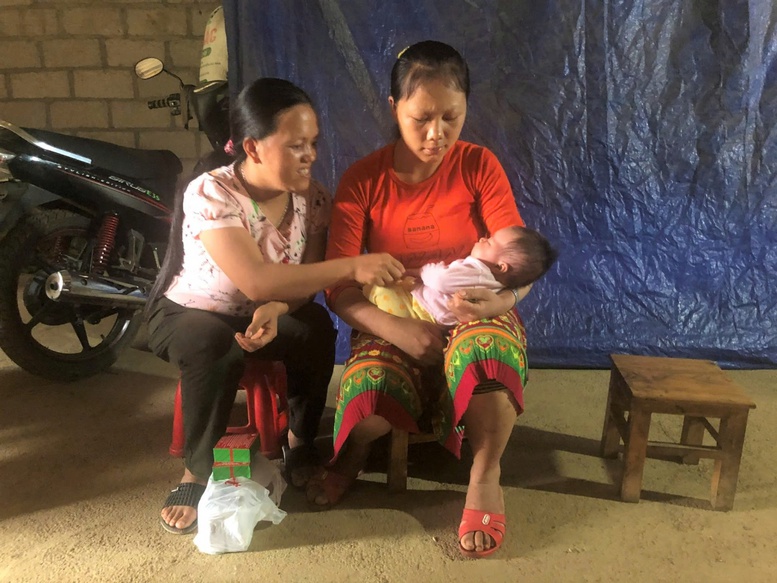
Village health workers are considered the "extended arm" of the health sector at the grassroots level - Photo: VGP
According to the Ministry of Health's assessment in the 10-year summary report on the implementation of Decree 117, most of the village health workers in mountainous areas have to take on other jobs in the village (population collaborators, mass organizations, social organizations in the village/hamlet). Meanwhile, the allowance and compensation regime is low, so this team often fluctuates (quits, quits).
For example, in Ninh Thuan, since 2019, the village health care team has stopped working due to lack of allowances. In Quang Binh, since 2020, the "extended arm" of the health sector at the grassroots level has also almost stopped working because village health care workers are not paid allowances, but only receive compensation when they directly participate in the work of the village, with each working hour receiving a compensation of 0.007 of the basic salary (stipulated in Resolution No. 61/2019/NQ-HDND of the People's Council of Quang Binh province).
Similarly, in Thanh Hoa, the village health staff team has stopped working since 2020 due to lack of support mechanisms and policies. According to Resolution No. 232/2019/NQ-HDND of the Thanh Hoa Provincial People's Council, the locality only maintains an allowance of 0.7 for village health staff in extremely disadvantaged villages with 500 households or more; 0.6 for extremely disadvantaged villages with 500 households or less. This is a very difficult condition to receive the allowance because of the mountainous characteristics, the number of villages with such a population size is very rare.
Faced with this reality, the National Assembly delegations of many ethnic minority and mountainous areas have received voters' petitions on supplementing policies for health workers and sent them to the Ministry of Health. Most recently, after receiving voters' petitions from the National Assembly delegation of Quang Tri province, on March 12, 2025, the Ministry of Health issued Official Dispatch No. 1392/BYT-VPB1 in response to the petition.
In this dispatch, the Ministry of Health said that the Ministry has proposed to develop a Government Decree stipulating a number of special allowance regimes for civil servants, public employees, and workers in public health facilities; anti-epidemic allowance regimes and support regimes for medical staff in villages and residential groups, and included them in the 2025 Work Program of the Government and the Prime Minister. The Ministry is currently urgently developing a draft Decree, expected to be submitted to the Government in June 2025.
It is extremely necessary to develop policies to "retain" the village health care staff, especially in extremely difficult areas where the primary health care system has not met the requirements. However, in order for village health care staff to be able to perform the task of providing primary health care for the people, policies on training and professional capacity development for this team also need to be noted.
In the report summarizing 10 years of implementing Decree 117, the Ministry of Health warned that the number of trained village health workers is gradually decreasing over the years. Specifically, the number of trained village health workers in 2014 was 76.4%, by 2019 it decreased to 76.3% and by 2024 it will be 70.6%. In particular, the Northern midlands and mountainous region is the region with the largest decrease in the rate of trained village health workers (from 85.8% in 2014 to 83.6% in 2019 and to 75.7% in 2024); followed by the Central Highlands region, with the corresponding rates of: 70.4% - 68.4% - 60.7%...
According to the Ministry of Health, along with the decline in both quantity and quality of the village health staff, the current situation of human resources for health workers at commune-level health stations is posing many challenges to the grassroots health system. This requires new, strong policies to recruit, retain, and develop qualified human resources with a reasonable structure to work at commune health stations.
In addition to this fundamental solution, to take care of the health of people in ethnic minority and mountainous areas, the immediate task is for the health sector to immediately strengthen the medical force at the grassroots level. This is both a practical requirement and a heartfelt command for the health sector.
According to the report of the Ministry of Health, currently the number of commune health stations in region 3 is mainly concentrated in the Mekong Delta, with a rate of 60.3%; the Northern midlands and mountainous areas are 57.7%; the Central Highlands is 54.7%... These are areas with a large number of ethnic minorities living, with many socio-economic difficulties.
Last post: Command from the heart
Son Hao
Source: https://baochinhphu.vn/bai-2-nhan-dien-diem-nghen-trong-he-thong-y-te-co-so-10225040312563025.htm



![[Photo] Closing of the 11th Conference of the 13th Central Committee of the Communist Party of Vietnam](https://vstatic.vietnam.vn/vietnam/resource/IMAGE/2025/4/12/114b57fe6e9b4814a5ddfacf6dfe5b7f)


![[Photo] Overcoming all difficulties, speeding up construction progress of Hoa Binh Hydropower Plant Expansion Project](https://vstatic.vietnam.vn/vietnam/resource/IMAGE/2025/4/12/bff04b551e98484c84d74c8faa3526e0)


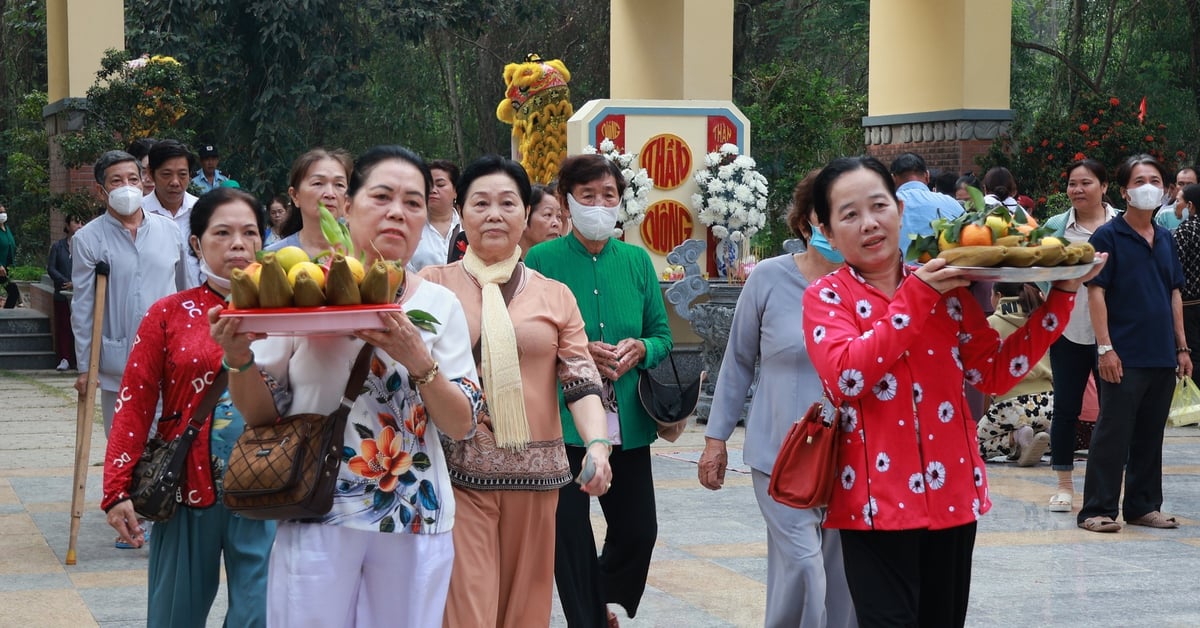



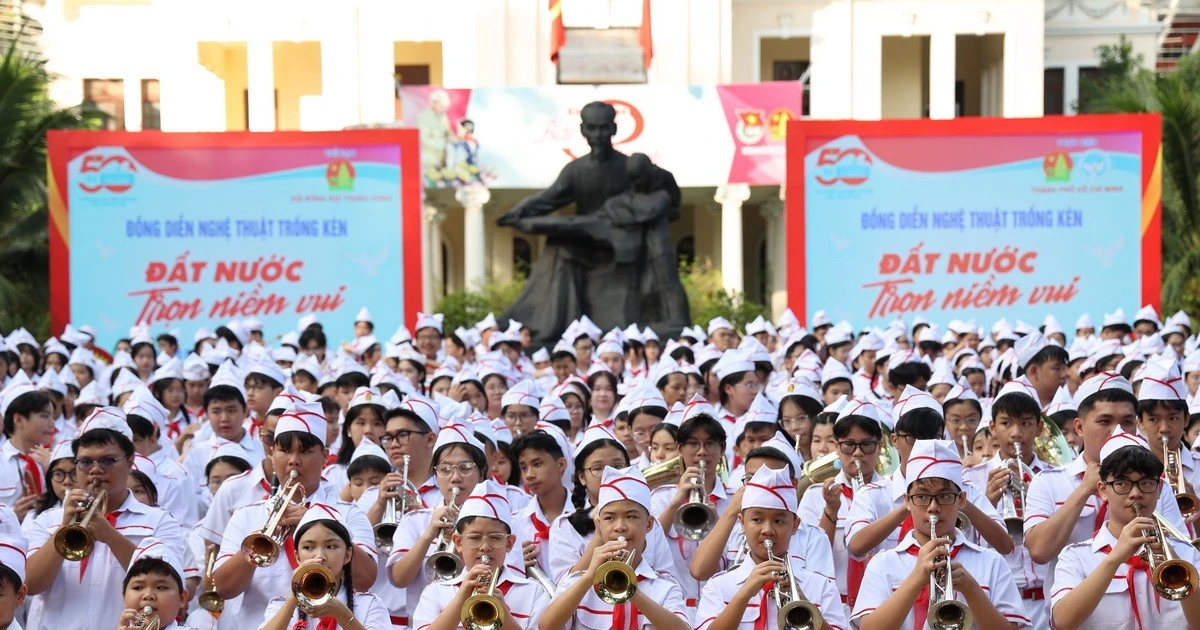






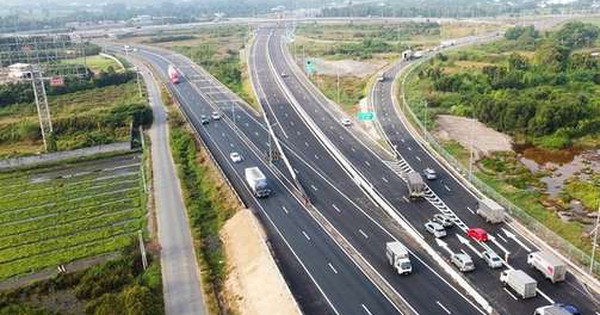
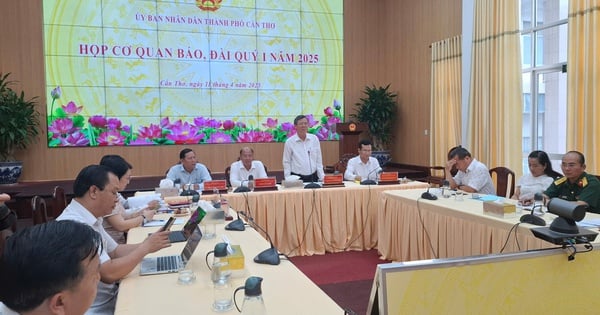

















































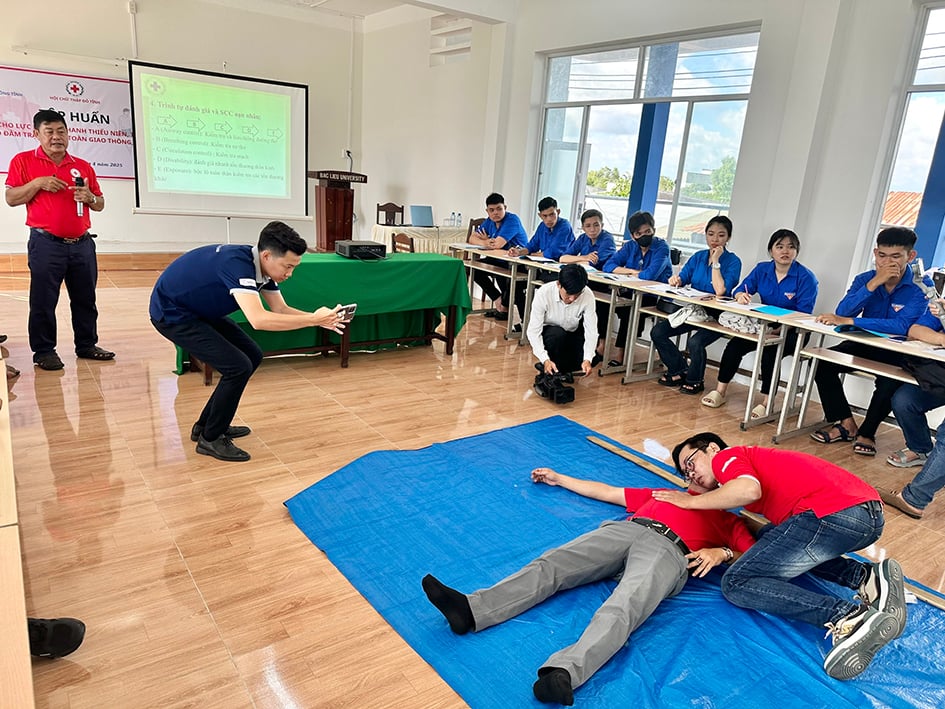
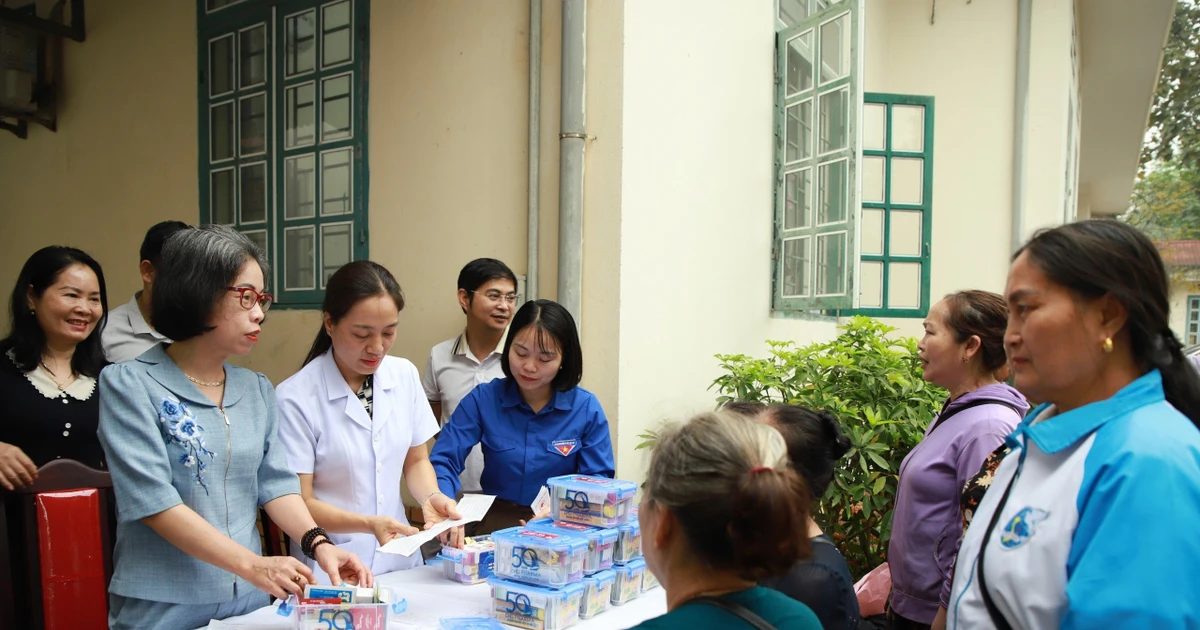

















Comment (0)